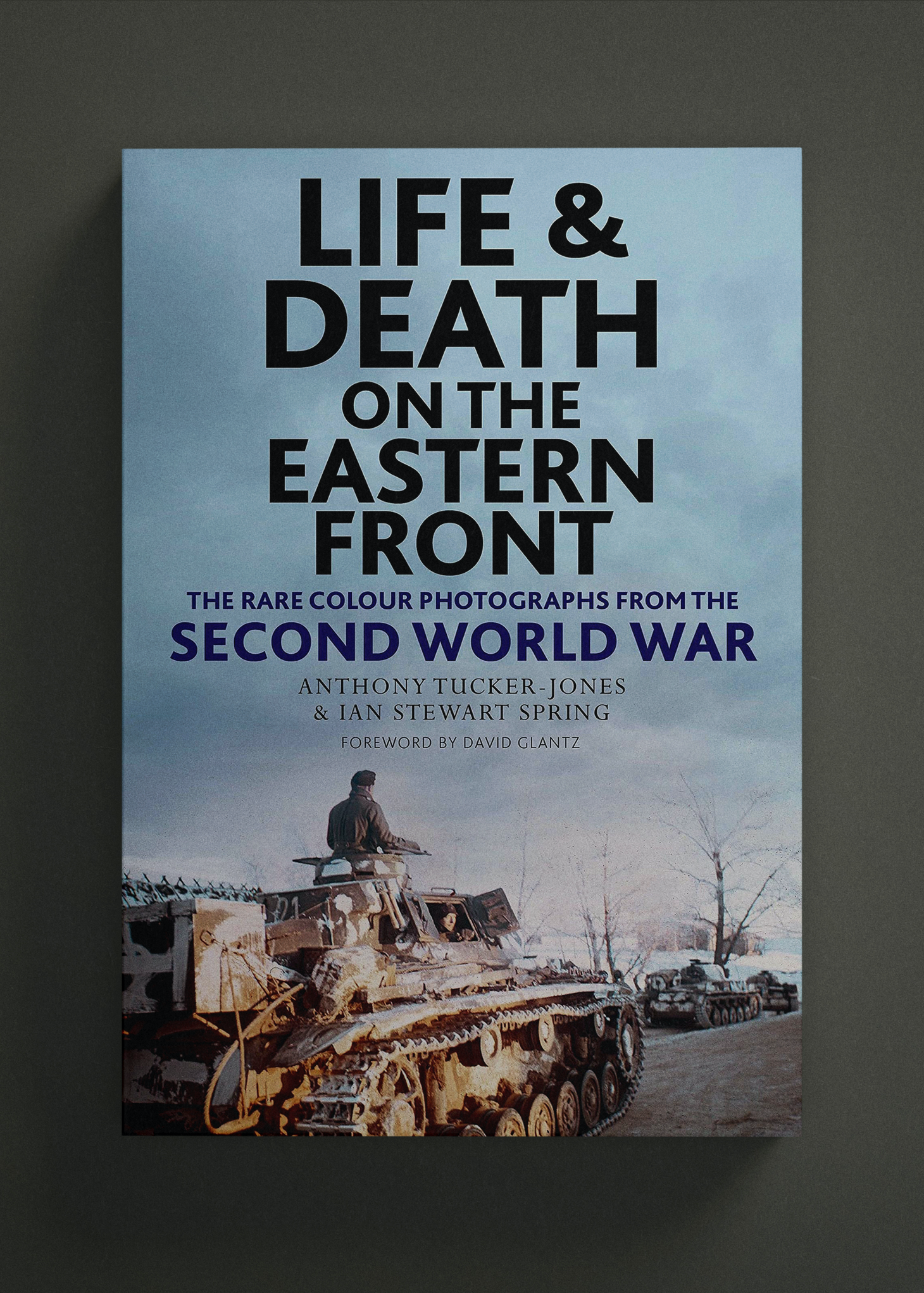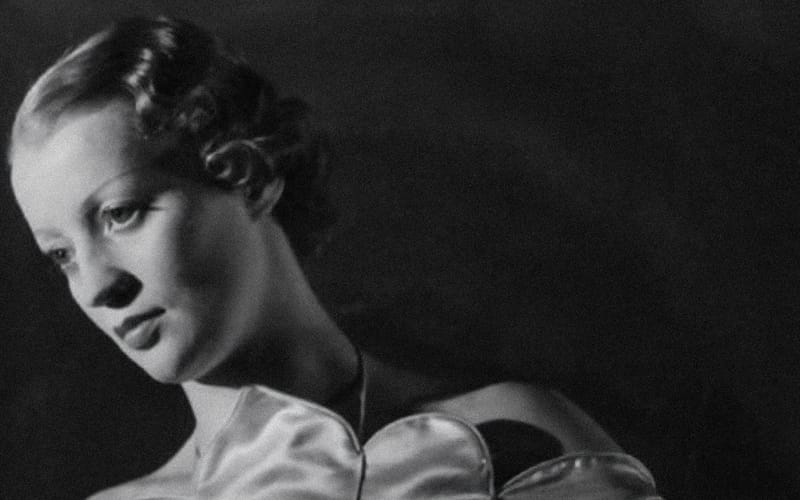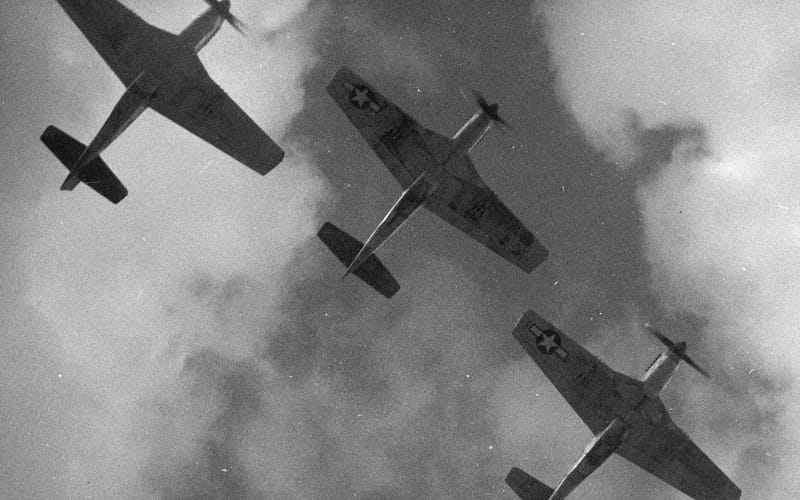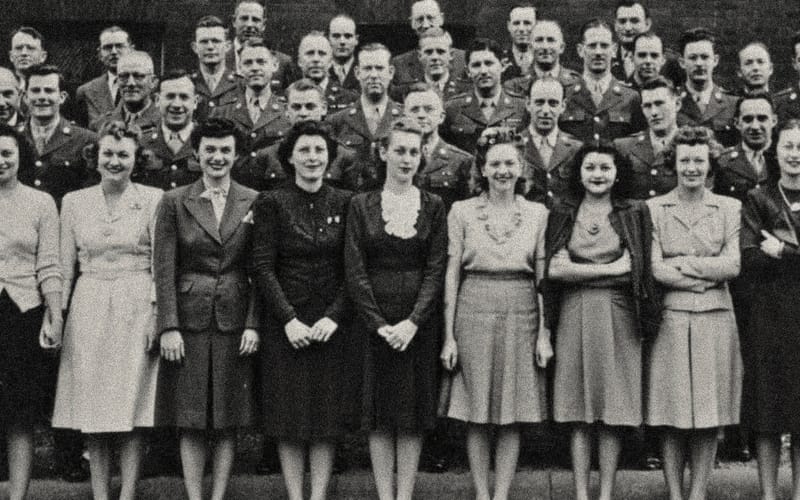Excerpt: Life and Death on the Eastern Front by Anthony Tucker-Jones and Ian Stewart Spring
Rare Colour Photographs from the Second World War
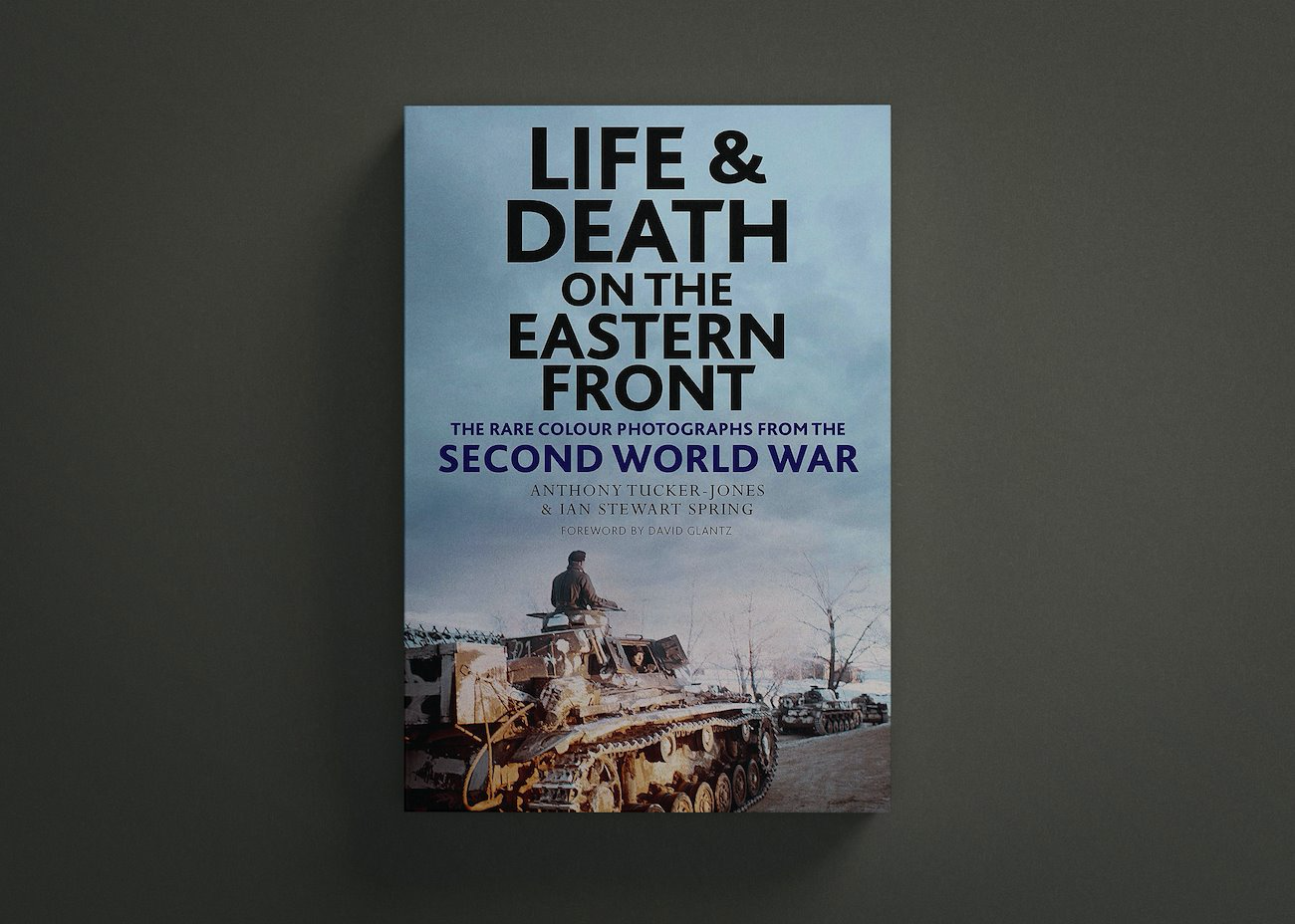
This incredible visual record of life and death along the Eastern Front draws from the PIXPAST Archive collated by Ian Stewart Spring, with 250 images of Hitler’s invasion of the Soviet Union and the tanks, vehicles, weaponry and infantry on both sides. The images take us behind the lines, to the prisoners of war, partisans, medics, the daily lives and leisure activities of soldiers and civilians along the front and the impact of the harsh Russian winter. Life and Death on the Eastern Front offers a rare, often surprising insight into the realities of the Second World War and people caught up in it, in vivid colour detail.
With an exclusive foreword for Unseen Histories by lan Stewart Spring

I was born in County Carlow in the Republic of Ireland in 1983. When I was six, it was discovered that I suffered from extreme dyslexia. As a young child, the other children would call be stupid and physically beat me up, but my brain found another way to survive. I started to learn with images, to remember everything in a picture in my head. That way I was able to remember things and start to build my education.
I guess my fascination with history began when my granny told me when I was 8 years old that her brother had been a very clever Irish lawyer, and during the Emergency as the Irish called the start of World War II, my granny's brother went to London to work as a lawyer. By the end of the war, this man had joined the British prosecution in the Nuremberg Trials and helped convict war criminals in 1946-1947.
Later as a young teenager, I was not able to go to Dublin and buy mountains of fifty pence military history books in the old second hand book shops. I eat down these books like sweet bread. As I started university, I was confronted by my first introduction into the world wide web. Soon I discovered that people around Europe were busy emptying their attics and sheds of anything war related. I soon discovered that people were selling their grandparents old colour slides and films from the war. This caught me by surprise, as I always thought World War II was in black and white, but in fact, tens of thousands of civilians had done photography in colour (slide film) since 1936 with Kodachrome in the USA, and Agfacolor in Germany.
So now with the information that people were looking to sell these never-before-seen pieces of historical treasure, my new problem was cash. I didn't have any. I lived alone with my father, and drove into university every day to save on accommodation. I received as a student 60 Euros a month for bread and water. I had to find a way around having no money, so I did what I could. I started buying old antiques online for 1 or 2 Euros each – boxes of old crap that no one wanted in France, Austria and Germany. Then, once a month, I packed all my treasures into my backpack and a big brown box and traveled on a public bus to Dublin 70km away. There, I sold my new treasures at the flea markets and earned a few hundred Euros in profit every month. With this cash, I was able to buy up vast amounts of colour slides and film directly from the soldiers' families.
Now 20 years later, I have probably the world's largest private collection of World War II colour photography.
– Ian Stewart Spring
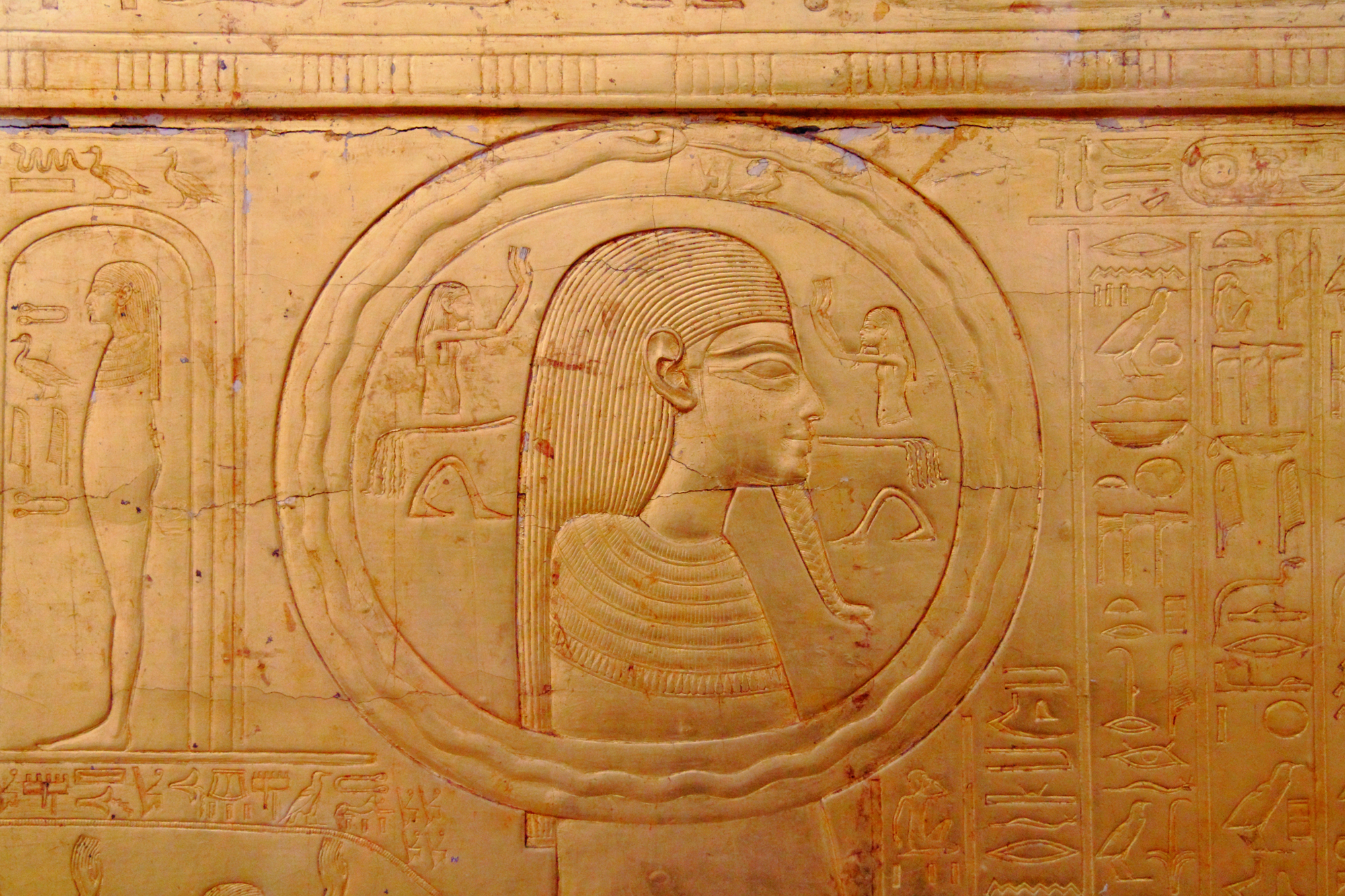

Supremacy
An abridged excerpt from Tutankhamun's Trumpet by Toby Wilkinson
The following images epitomise the war on the Eastern Front. The fighting encompassed three bitter winters during which both sides had to endure the most awful conditions. For the Germans and their allies, the first was the worst because they were so ill-prepared for the plummeting temperatures. German soldiers were left to freeze to death in their foxholes. Russian officers outside Moscow witnessed captured Germans in their summer uniforms and lightweight greatcoats freezing on the roadside. By the time of the Red Army’s counteroffensive at Moscow in December 1941 the German Army had over 100,000 cases of frostbite. It was a terrible waste of manpower that could have been prevented. Armaments Minister Albert Speer later recalled: ‘The first inkling that something was wrong was when Goebbels made a big “action” in the whole of Germany to collect furs and winter clothes for the German troops.’ ■

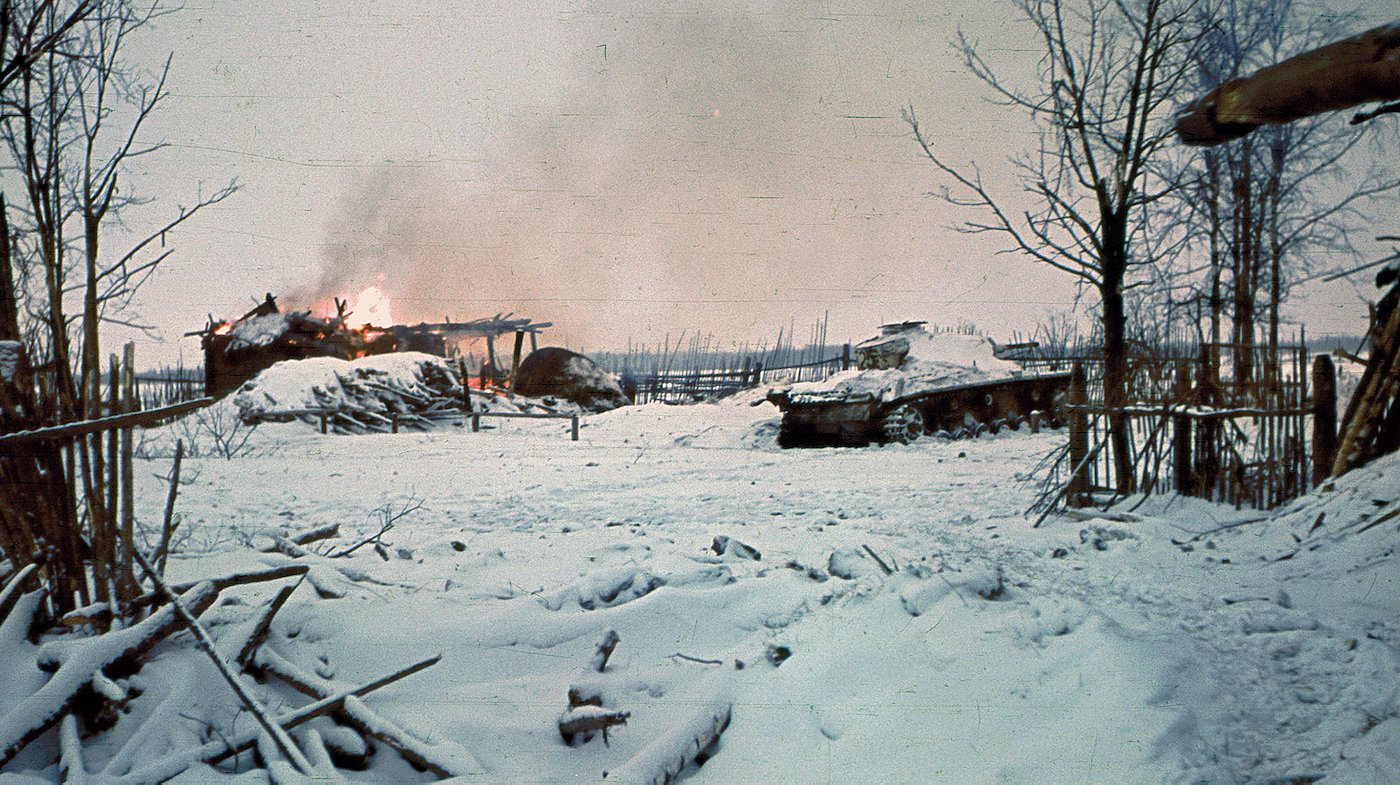
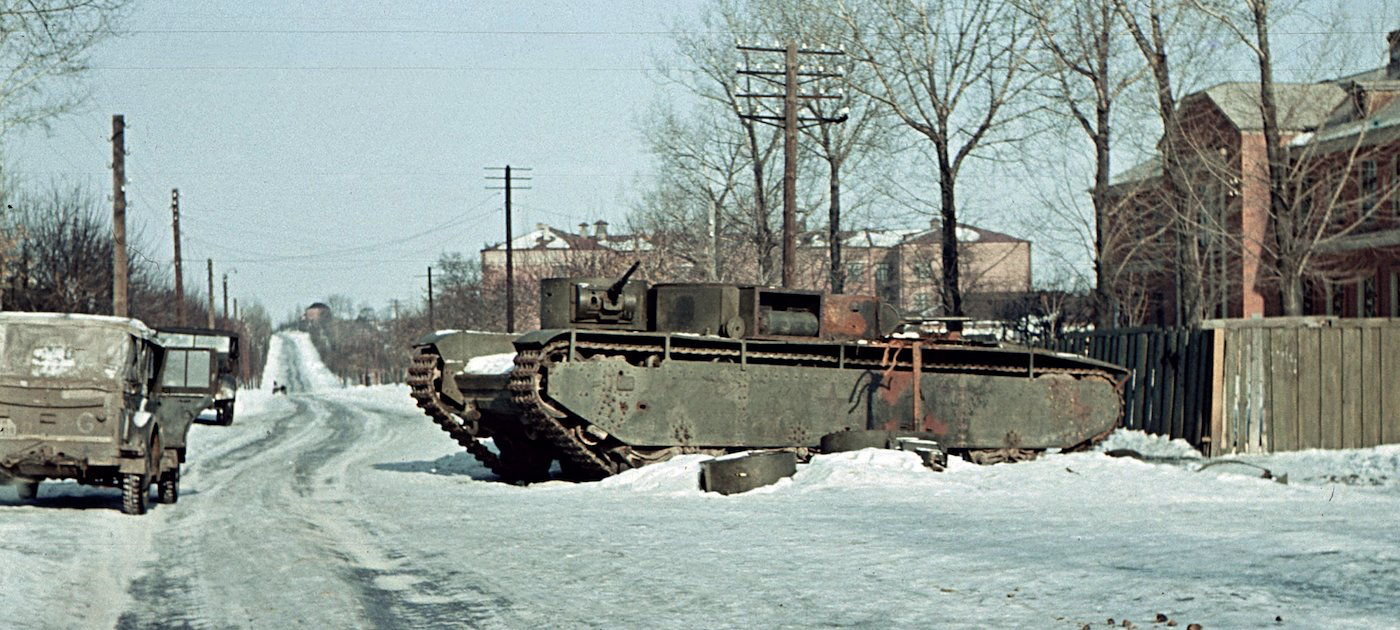
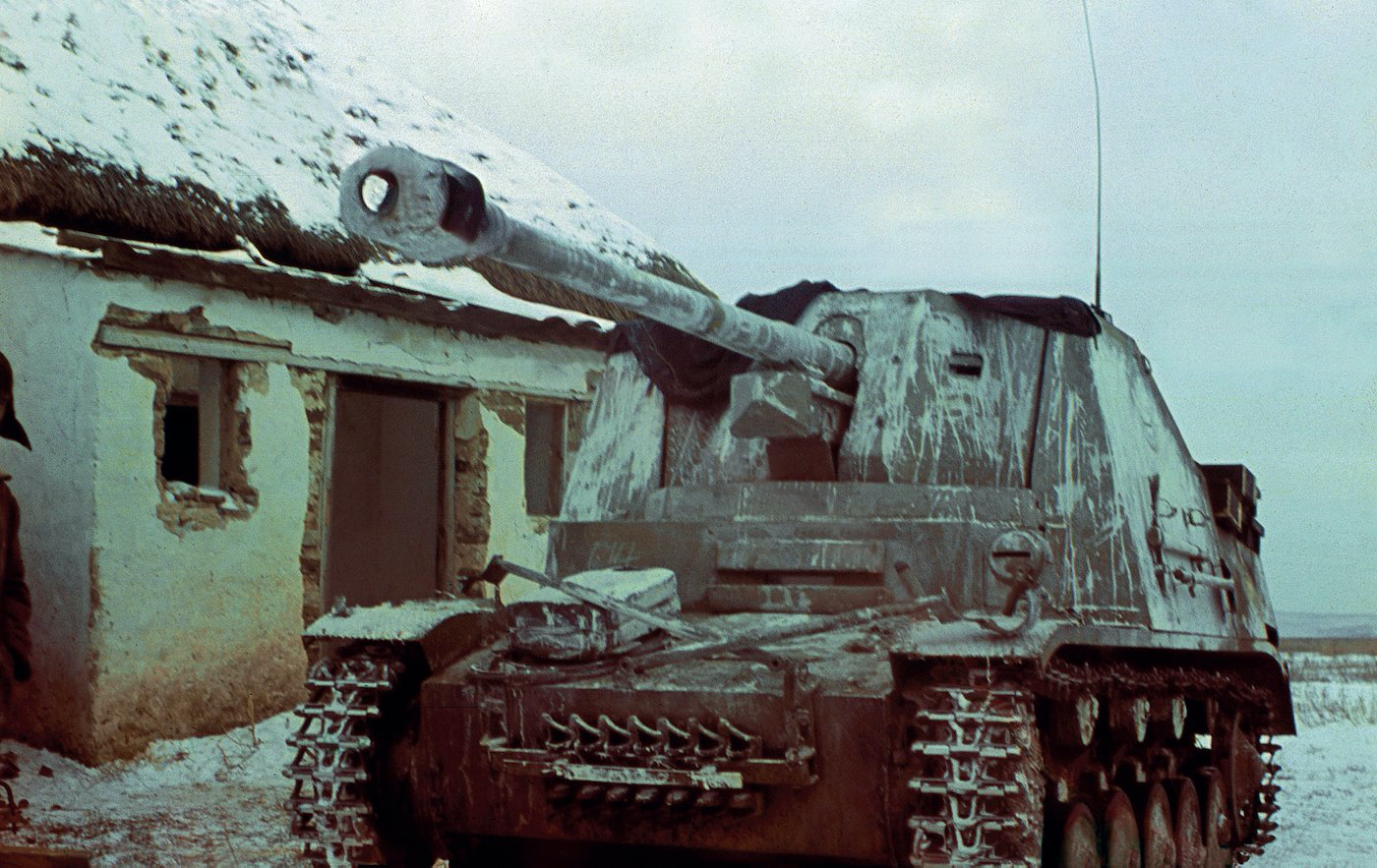
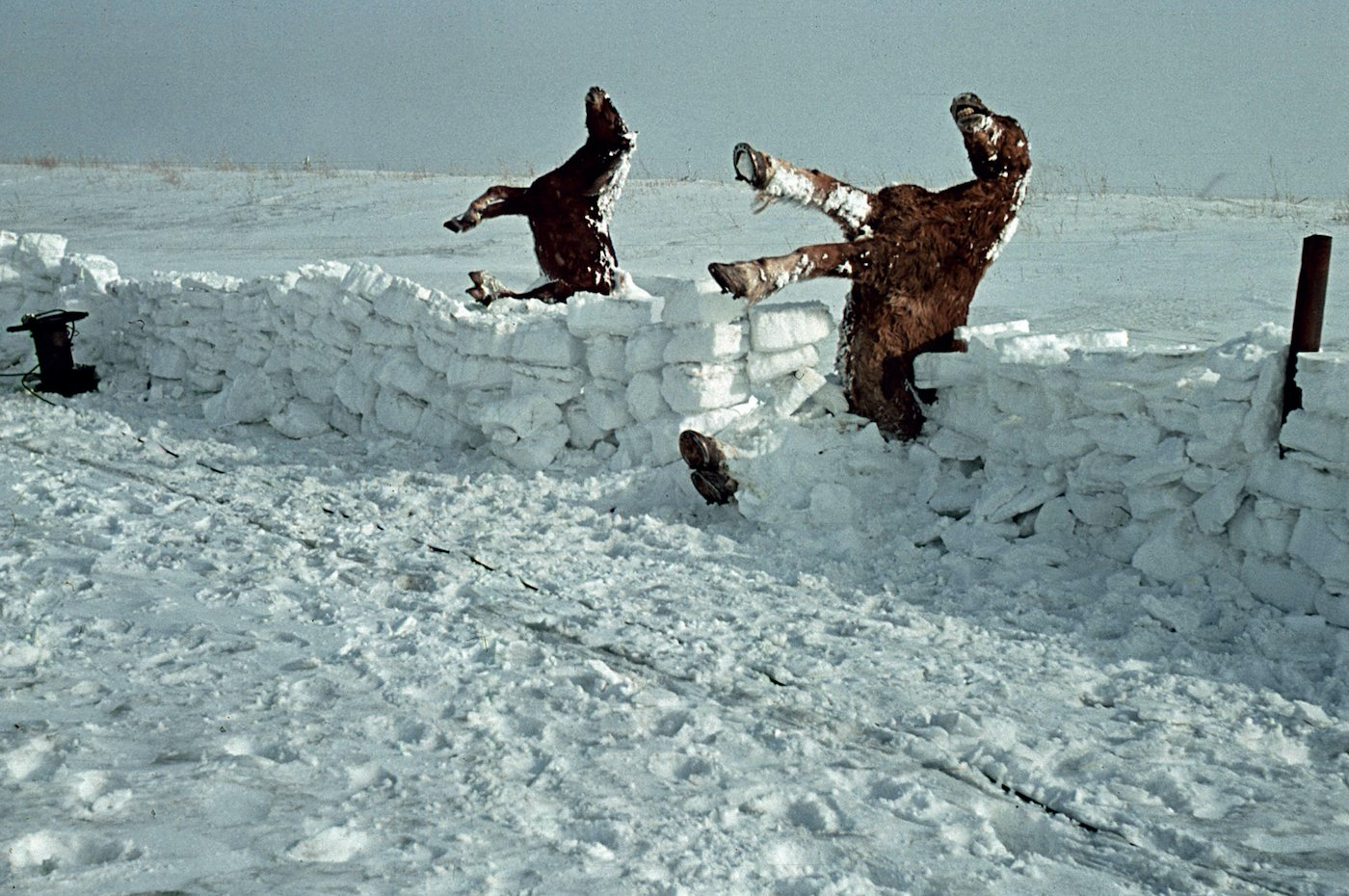
.jpg)
.jpg)
[Left] This staff car has seen a lot of use as its panzer grey is barely visible beneath all the dried-on mud. The village ahead would have made a welcome billet for German troops. There looks to be a number of vehicles dotted along the horizon. (© PIXPAST Archive / Ian Spring). [Right] Snug in his sheepskin coat, an Army officer poses in front of his Sd Kfz 1 Mercedes-Benz 170VK light car. The low ground clearance on this vehicle made it very unsuitable for cross country use. Whoever applied the whitewash had little enthusiasm for the job, having got it all over the windows. Although it was really a medium car in Wehrmacht classification terms due to the engine size, this was used to supplement the Kübelwagen in the Kfz 2, 2/40 and 3 roles. (© PIXPAST Archive / Ian Spring)
.jpg)
.jpg)
.jpg)

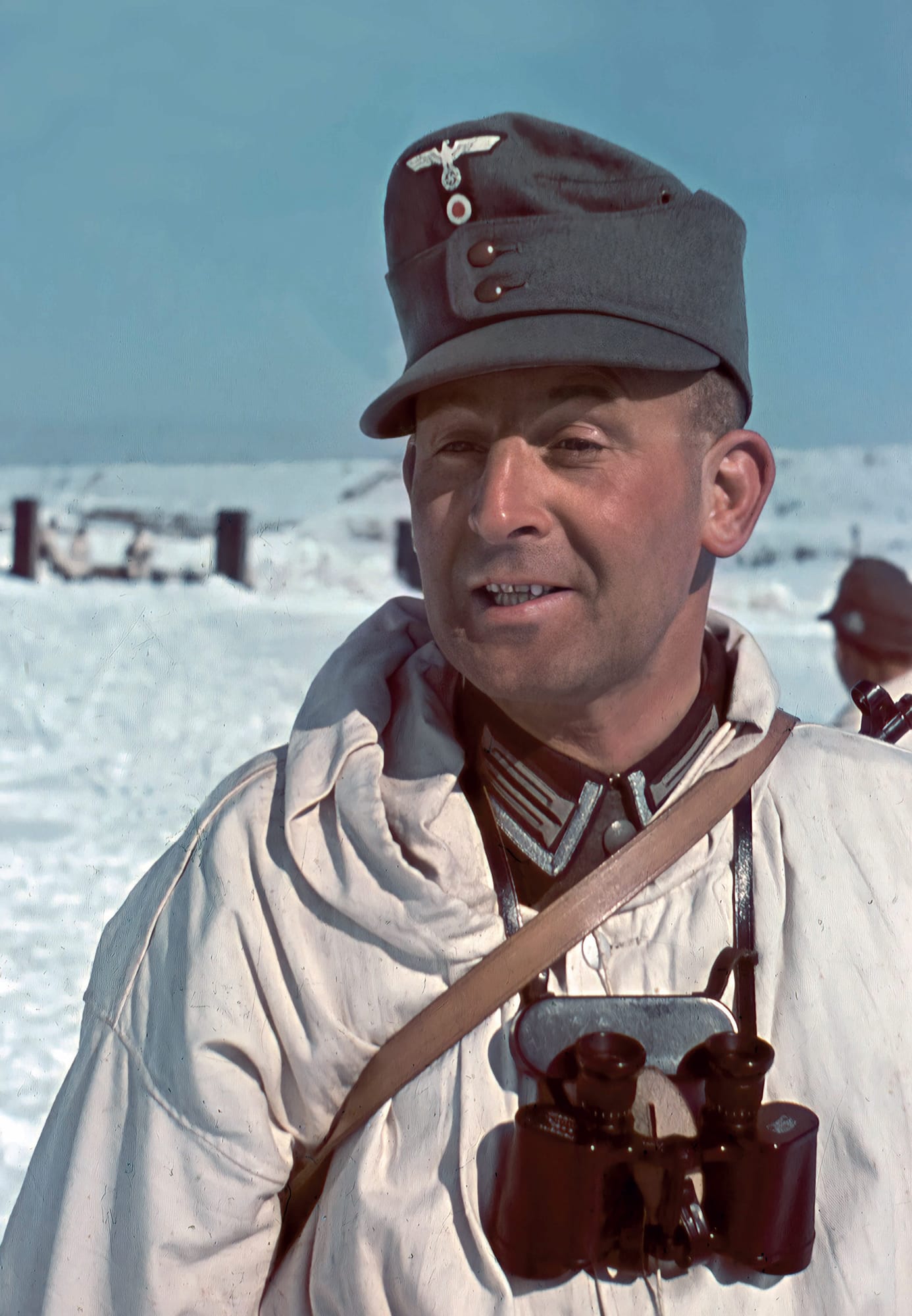
[Left] The sun might be out but the swirling snow shows there is a bitter wind. Carrying an MG34 machine gun over his shoulder, this man trudges up a path to relieve comrades in a forward position in northern Russia in 1942. (© PIXPAST Archive / Ian Spring) [Right] This German mountain officer in his winter clothing looks well equipped and warm. An MP40 submachine gun is slung over his back. The 1st and 4th Mountain Divisions were involved in the invasion of the Caucasus in 1942, tasked with capturing the western passes. German mountaineers from both divisions climbed to the top of Mount Elbrus, the highest of the mountains, and hoisted the Nazi flag. The Romanian 2nd and 3rd Mountain Divisions also fought alongside the Germans in this campaign. (© PIXPAST Archive / Ian Spring)

Life and Death on the Eastern Front: Rare Colour Photographs From World War II
Greenhill Books, 2 March 2022
RRP: £25.00 | 288 pages | ISBN: 978-1784387235
This incredible visual record of life and death along the Eastern Front features more than 250 images from the the PIXPAST Archive, a collection of more than 32,000 original colour photographs taken between 1936 and 1946.
Collated into three parts and organised thematically, the book begins with images of the ground war, including Hitler's invasion of the Soviet Union and the tanks, vehicles, weaponry and infantry on both sides. Moving into the war in the skies, the images depict aircraft in flight and on the ground, the bombers, fighters, Luftwaffe personnel and the destruction wrought from battle. And finally, the images take us behind the lines, to the prisoners of war, partisans, medics, the daily lives and leisure activities of soldiers and civilians along the front and the impact of the harsh Russian winter.
Accompanied by text by renowned author and commentator Anthony Tucker-Jones, these images offer a rare, often surprising insight into the realities of the Second World War and people caught up in it, in vivid colour detail.
"A really excellent resource if you are interested at all in the Eastern Front! Highly Recommended for [model] builders and historians at all levels." — Michael Reeves, The Armor Modeling and Preservation Society
"The finest collection of original WW2 colour images I think I have ever see in one book. Highly recommended." — Military Model Scene
"Colour photos from WWII are relatively rare, but these are particularly unique: the critical war on the Eastern Front." — Doc Kirby, On the Bookshelf podcast

Additional Credit
All photographs reproduced with kind permission of Greenhill Books and the PIXPAST Archive. With thanks to Rosie Crofts at Pen & Sword.


